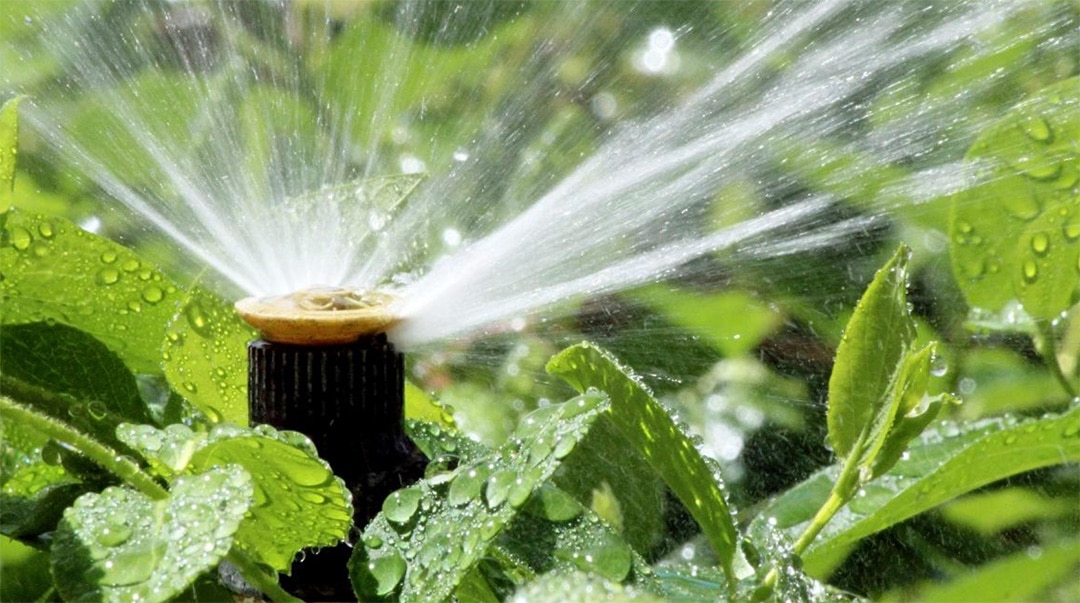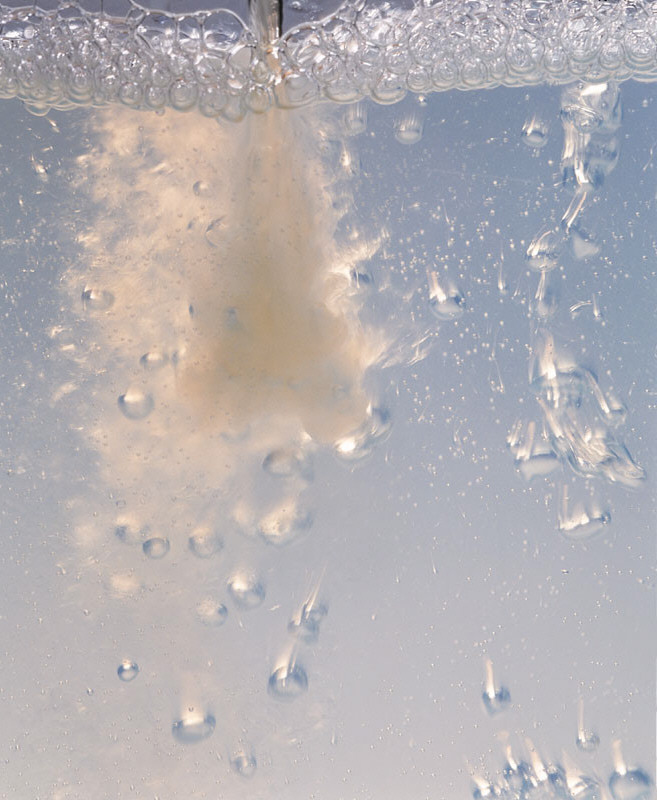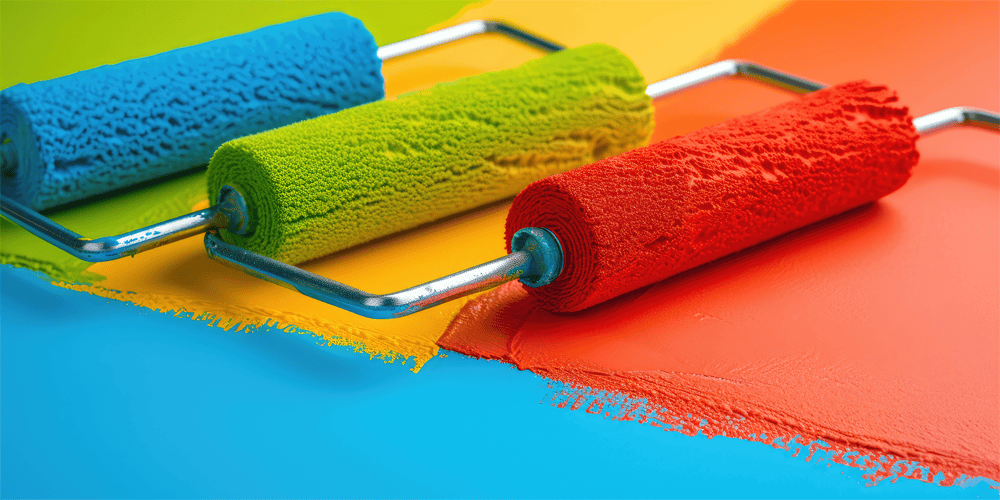Choosing the Right Defoamers for Your Industry Needs
Choosing the Right Defoamers for Your Industry Needs
Blog Article
Choosing the Right Defoamer for Your Certain Application Demands
Picking the suitable defoamer for specific application requirements is a nuanced procedure that requires cautious factor to consider of numerous factors, such as the foam medium, type, and operating conditions. Understanding the nuances of defoamer efficiency-- consisting of speed and perseverance-- while additionally accounting for governing and ecological elements is essential.
Understanding Foam Development
Foam development occurs when gas is caught within a liquid, producing a steady structure of bubbles. This phenomenon can considerably influence various industrial processes, particularly in fields such as food manufacturing, pharmaceuticals, and wastewater treatment. The presence of foam can prevent blending, minimize item quality, and also lead to operational ineffectiveness.
Foam typically develops due to a combination of factors, consisting of surface-active representatives, anxiety, and the qualities of the liquid phase. Surfactants lower the surface area tension of the liquid, promoting the formation of bubbles that can integrate and maintain. Agitation, whether from mechanical mixing or gas intro, improves bubble formation, bring about raised foam volume.
Comprehending the auto mechanics of foam development is essential for sectors intending to enhance their procedures. By determining the certain problems that advertise foam generation, companies can execute approaches to minimize its effects. This understanding prepares for picking ideal defoaming agents that effectively target the unique obstacles positioned by foam in various applications. A detailed understanding of foam development is necessary for improving performance and preserving product integrity across different industries.
Kinds Of Defoamers Available
Various types of defoamers are readily available to attend to the challenges presented by foam in commercial applications. defoamers. Extensively identified, defoamers come under 3 categories: silicone-based, non-silicone-based, and all-natural defoamers
Silicone-based defoamers are renowned for their efficiency and stability across a vast array of temperature levels and pH degrees. They are typically made use of in applications where strong foam reductions is essential, such as in paints, adhesives, and finishings. Their reduced surface area stress enables for fast foam collapse.
Non-silicone-based defoamers, typically made from organic substances, use an option for applications sensitive to silicone residues. These defoamers can be more split right into polyether and ester types, each customized to fulfill specific formulation demands. Non-silicone defoamers are regularly used in food processing and individual treatment products because of their compatibility with different solutions.
Natural defoamers, derived from plant or pet resources, are obtaining traction because of their green account. These items are particularly appealing in applications where regulatory conformity and sustainability are extremely important, such as in agrochemicals and biotechnology.
Selecting the right kind of defoamer is vital for maximizing efficiency and ensuring compatibility with certain applications.
Secret Application Factors To Consider
When selecting a defoamer, it is necessary to think about the details application needs to make certain optimum performance. defoamers. Various sectors have distinct requirements, such as food handling, drugs, or wastewater therapy, and each application might require special defoaming buildings
Secret factors to assess include the medium in which the defoamer will certainly be used, whether it is water-based, oil-based, or a mix thereof. The temperature and pH degrees of the application can likewise substantially affect the effectiveness of a defoamer. Additionally, compatibility with other chemicals existing in the system is essential to protect against adverse reactions that could compromise efficiency.
An additional More Help crucial consideration is the frothing actions of the details system. Understanding whether the foam forms swiftly or slowly can lead the option of a defoamer that targets the source efficiently. The wanted speed of defoaming can influence the selection, check over here as some applications require rapid action while others may endure slower defoaming processes.
Finally, ecological and governing factors to consider ought to not be forgotten, specifically in industries with rigorous conformity needs. Picking a defoamer that lines up with these variables makes sure both efficiency and safety and security in the application.

Performance Testing Methods
Reviewing the performance of a defoamer needs a methodical method to testing that accurately measures its efficiency in specific applications. Different efficiency screening methods can be used to establish the optimal defoamer for a provided solution.
One common method is the bubble test, which reviews the defoamer's ability to reduce foam quantity over time. This examination involves producing a steady foam and after that adding the defoamer to observe the price of foam collapse.

Ultimately, choosing the ideal performance testing approach relies on the specific application and the sort of foam being addressed. Each approach offers important data that can guide solution adjustments and enhance the performance of the defoamer in functional applications.
Ideal Practices for Choice


Following, take into consideration the defoamer's efficiency in regards to speed of activity and persistence. A quick-acting defoamer might be essential for processes where rapid foam suppression is essential, while an extra persistent formula could be required for long term foam control. In addition, review the ecological influence of the defoamer, including its biodegradability and any type of regulatory compliance demands.
Conduct trials with selected defoamers to identify their efficiency in real-world conditions. By sticking to these best techniques, you can boost foam control performance and ensure the durability of your processes.
Final Thought
In recap, picking the appropriate defoamer necessitates a comprehensive examination of numerous elements, consisting of foam type, tool, operating problems, and ecological considerations. Recognizing the unique characteristics of foam development and the available defoamer alternatives is vital. In addition, employing efficient efficiency testing techniques and adhering to best methods during the selection process will enhance the possibility of accomplishing ideal defoaming results. Ultimately, a well-informed selection technique will resolve certain application needs and minimize foaming obstacles successfully.
Choosing the ideal defoamer for specific application requirements is a nuanced procedure that requires careful factor to consider of multiple elements, such as the foam kind, operating, and tool problems.Picking the right defoamer is vital for attaining optimum efficiency in foam control applications. A quick-acting defoamer may be essential for procedures where fast foam suppression is vital, while an extra consistent formulation may be required for long term foam control.In recap, choosing the suitable defoamer demands a thorough analysis of various factors, consisting of foam kind, medium, operating conditions, and environmental considerations. Understanding the special qualities of foam development and the available defoamer options is critical.
Report this page